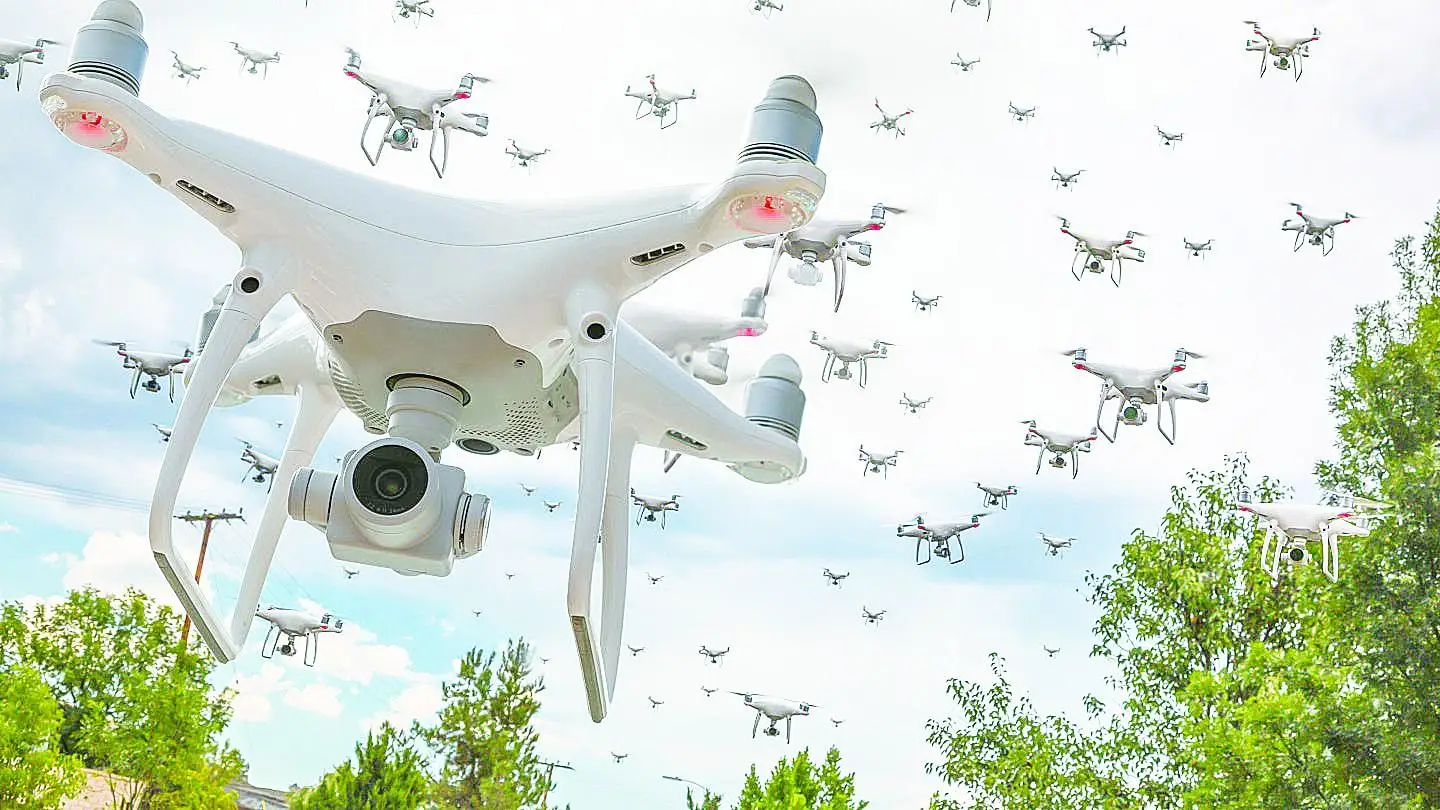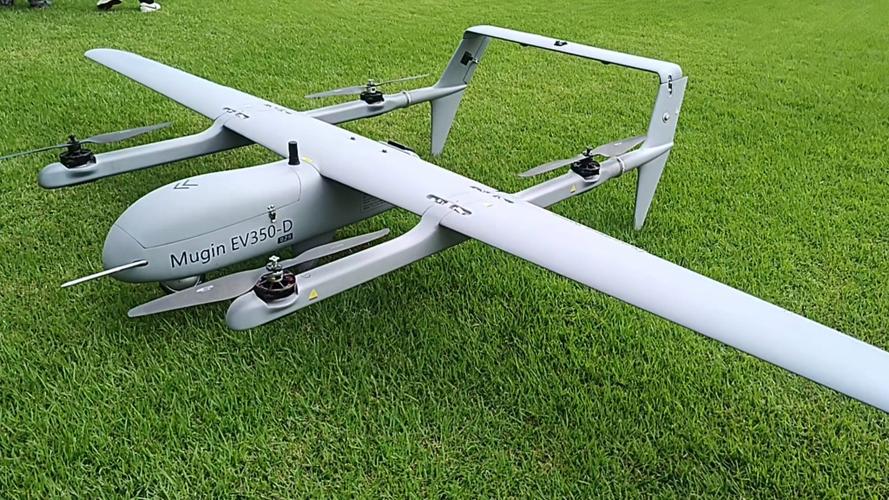China's civil drone industry is world leading

Yang Jincai: In the late 1950s, based on development needs, China began researching unmanned aerial vehicles. In December 1966, the first unmanned aerial vehicle (UAV) in China, "ChangKong-1," developed by Nanjing Aeronautical Institute, successfully made its maiden flight, laying a solid foundation for the development of UAVs in China.
With the continuous development of technology, drone technology is becoming increasingly mature. In 1982, Xi'an University of Technology developed the civilian D-4 unmanned aerial vehicle based on military drones and successfully conducted test flights, pioneering the "military to civilian" conversion of unmanned aerial vehicles in China. The D-4 is China's first civilian unmanned aerial vehicle, used in multiple fields such as aerial photography, remote sensing, mineral exploration, and plant protection.
Entering the 21st century, the skill performance of drones has become even more outstanding. Drone companies represented by Shenzhen DJI have released the world's first aerial photography all-in-one machine, the "Phantom", ushering in a new era of aerial photography. Subsequently, the Chinese civilian drone market experienced explosive development, which in turn propelled the rapid growth of the global civilian drone industry.
In recent years, China's drone production has grown rapidly, with Shenzhen becoming a truly global hub for drone manufacturing and having a complete drone industry chain. People say, 'You can build a finished drone without leaving Nanshan.'. This is thanks to Shenzhen's construction of a complete industrial chain that integrates research and development, design, manufacturing, and flight testing of consumer drones, industrial drones, and other product categories.
As of the end of last year, the number of unmanned aerial vehicle (UAV) operating enterprises in China reached 15000, with an annual output value of 117 billion yuan. There were 950000 registered UAVs nationwide, with approximately 386 million real-time flights and a total flight time of approximately 16.689 million hours.





